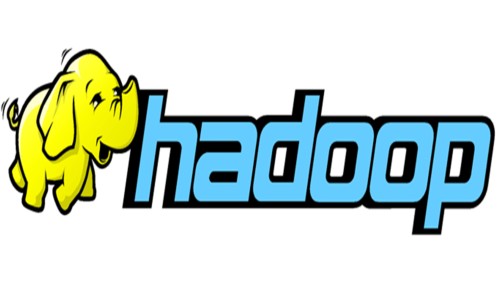Hadoop is an open-source software framework used for distributed storage and distributed processing of large datasets on computer clusters built from commodity hardware. It is designed to scale up from single servers to thousands of machines, each offering local computation and storage.
It was developed by Apache Software Foundation and released under the Apache License. The framework is based on the MapReduce programming model, which allows for the distributed processing of large datasets across clusters of computers. The MapReduce model works by breaking down a large task into smaller sub-tasks, which are processed on different nodes in the cluster in parallel. The results from all the individual tasks are then combined to give the result of the total job.
It offers several advantages over traditional systems for storing and analyzing large amounts of data. First, it is economical – clusters of commodity hardware are typically much less expensive than high-end server hardware. Furthermore, Hadoop can store and process any type of data, structured or unstructured, which makes it more versatile than traditional relational databases. Finally, Hadoop makes it possible to scale out storage and processing across dozens or even hundreds of nodes, allowing for massive amounts of parallel processing power.
It is typically deployed as part of a larger ecosystem of tools and technologies that make up the so-called “Big Data” stack. These tools focus on processing and analyzing enormous amounts of data, often stored in distributed file systems such as HDFS. Other popular technologies in the Hadoop stack include Apache Spark, Apache Pig, and Apache Hive.
It is also used for machine learning and predictive analytics, as it enables data scientists to quickly develop algorithms and models to analyze large amounts of data. This makes it a key force in the ongoing revolution in artificial intelligence (AI) and big data.
Conclusion
Hadoop is the world’s leading framework for distributed storage and processing of big data. The low cost of commodity hardware and the scalability of the platform make it an attractive option for organizations of all sizes. It offers tremendous potential for unlocking insights from large datasets, and its use is growing rapidly.




